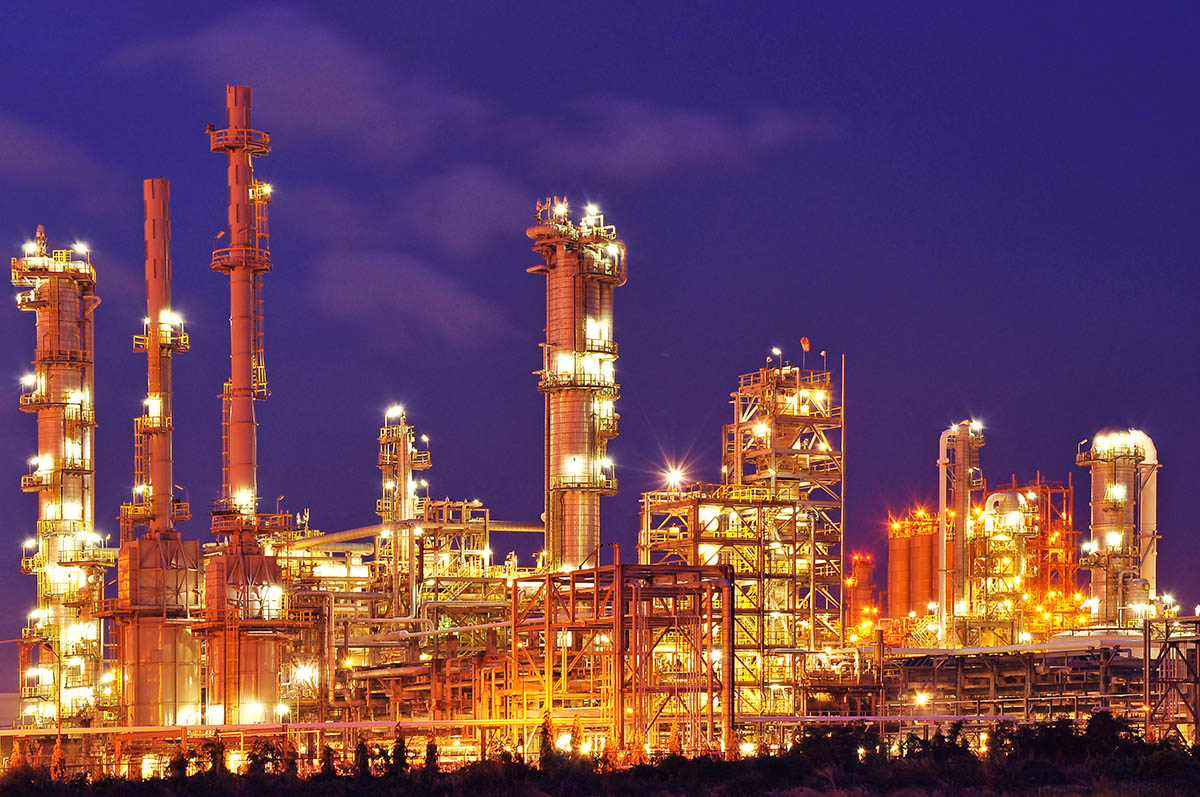How optimizing Upstream asset operations helps to secure maximum profitability.
When I joined the Upstream Oil and Gas industry in 2005, I asked our Chief Executive Officer why we did not have a clear mission statement. He stated the mission is the same for all Upstream Assets: “produce the most oil and gas at the lowest cost, without jeopardizing safety performance.”
Most traditional operational managers in the industry would find that mission ambiguous; there is no reference to competitive advantage, operational excellence, or becoming a leader among industry peers. Being new to Upstream, it was a steep learning curve to master that we were evaluating from a pure commodity perspective, where competition in operations is not a considered parameter.

On several occasions, I have met Chief Financial Officers and controllers who would say if we could save 5% on our operating budget, we would secure a higher profit and that should be the focus. The truth is not that simple.
The profitability of an Upstream asset is undoubtedly highly dependent on production output, due to the value of oil and gas extracted. For example, at times, it can be much higher than the typical operating cost per barrel of oil equivalent (BOE), especially recently. Most operations are working with an operating expense (OpEx) total cost of production of 2 to 6 United States dollars per barrel (USD/bbl), compared to a commodity value currently around 80 to 100 USD/bbl.
The average OpEx as a percentage of production value at the current oil price is 3.5%, meaning that a 3.5% increase in production efficiency would cover the entire OpEx budget for that year.
This is the core reason why Solomon benchmarking focuses on production reliability and optimized production efficiency; thereby, highlighting the importance of securing as much production time as possible.

It is also the reason why we do not recommend that operators seek cost leadership in all parameters. For instance, a low investment in Surface Repair and Maintenance is likely to result in low reliability in the long run, which would impact the overall profitability of the asset.
When running an Upstream oil and gas operation, cost, production, HSE/PSM [1], and cost compared to best performers need to be carefully balanced to secure the optimal profit of your assets.
This approach is core to Solomon Benchmarking; first, understanding and then seeking to optimize OpEx to secure optimized profitability of asset operations.
The launch of the 2022 Worldwide Offshore Production Operations Performance Analysis is a proven opportunity to explore this often-overlooked method to compare your operations with peers and discover new insight to enhance your profitability.
Contact us to learn more.
Special thanks to Per Gren, Upstream Performance Solutions Manager at Solomon, for his personal experience and insight that is the foundation of this article.
[1] HSE/PSM - Health, Safety, and Environment/Process Safety Management
Subscribe to receive periodic emails based on your area(s) of interest: Refining, Chemicals, Upstream, Midstream, Power Generation, Reliability & Maintenance.

.jpg)




.jpg)

.jpg)



.jpg)
.jpg)
.jpg)
.jpg)
.jpg)
.jpg)
.jpg)
.jpg)
.jpg)
.jpg)